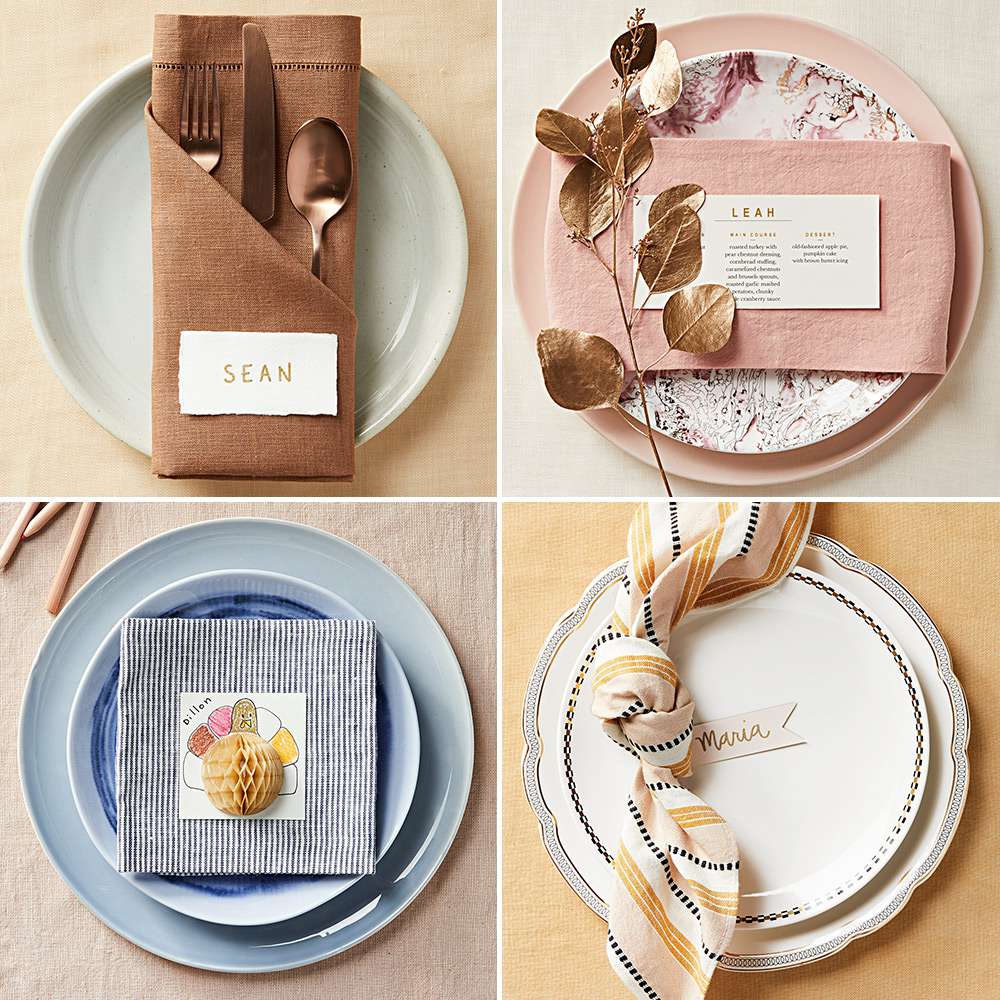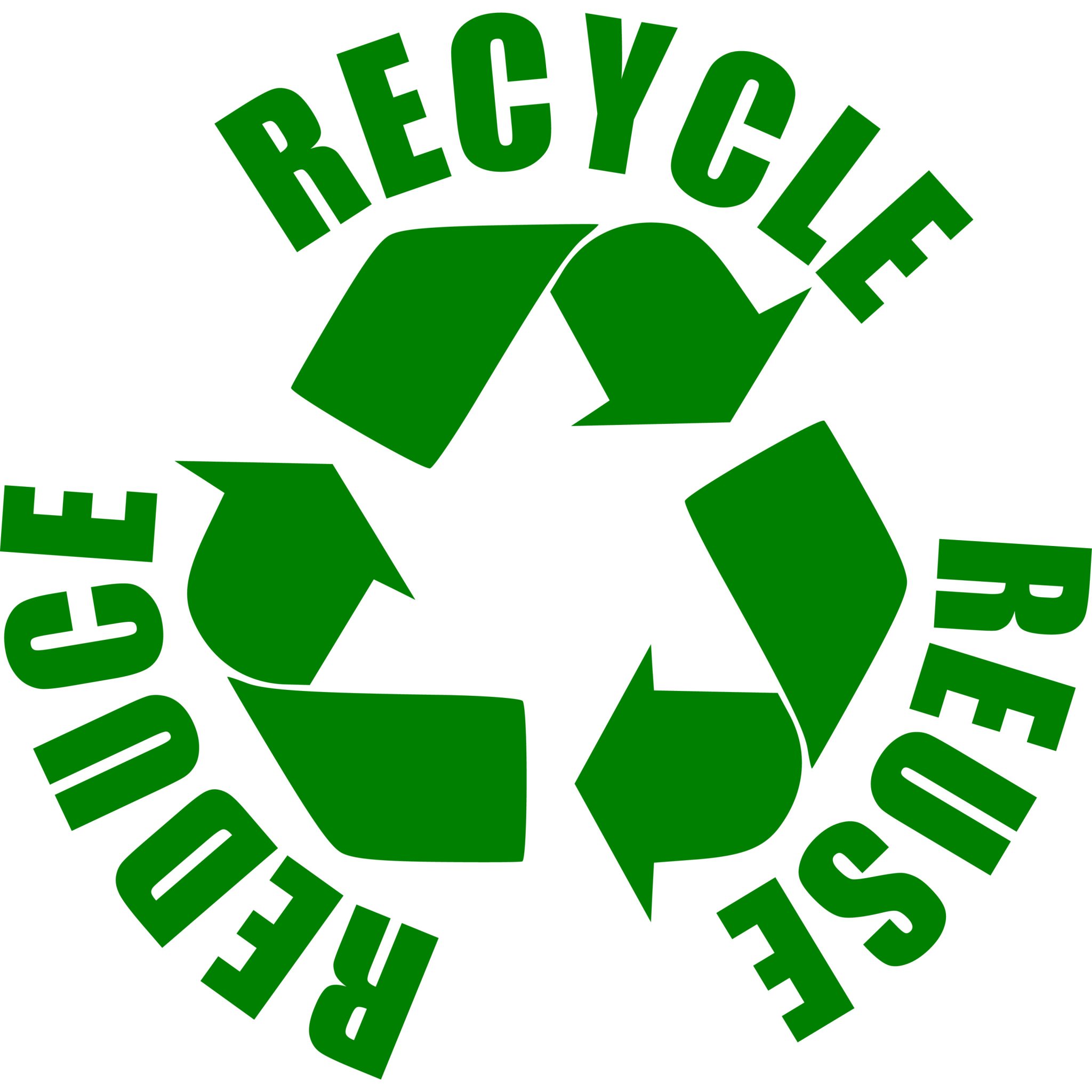CLOTH VS PAPER NAPKINS
CLOTH VS PAPER NAPKINS
Both cloth and paper napkins can be useful for several purposes but in other ways both are harmful to the environment. Paper napkins can be used once and after their use they are thrown away. Cloth napkins after their first use, they are washed with water and energy with wastage of electricity.
MATERIALS:
CLOTH NAPKINS:
- Natural fiber crops (cotton, hemp)
- Fossil fuels
- Polyester
PAPER NAPKINS:
- Tress
- Recycled paper
- Adhesives
SUSTAINABILITY:
Sustainable means being able to be maintained at a certain level or rate. When cloth and paper napkins are differentiated on the basis of sustainability factor then cloth napkin wins the battle. Cloth napkins are purchased once and after that they are reusable. A one-time purchase will save your money in the long run and this will reduce the amount you spend on disposables, and you’ll be eliminated as a source of waste in your home. But paper napkin once used then it is thrown away as it can't be used again.
ECO-FRIENDLY NAPKINS:
Both cloth and paper napkins beneficial and harmful impacts.....
BENEFITS OF CLOTH NAPKINS:
- One time purchase
- No trash build-up
- Effective cleanup space
- High hold capacity of garbage
BENEFITS OF PAPER NAPKINS:
- Used for cleaning and filtering purposes
- Corn cleaner
- Prevent rusting
DRAWBACK OF CLOTH AND PAPER NAPKINS:
HARMFUL IMPACT OF CLOTH NAPKIN:
- Use excess of water for its other use
- Wastage of electricity
- Removal of CO2 gas
- Detergents wastes
HARMFUL IMPACT OF PAPER NAPKIN:
- Trash build-up
- Deforestation due to its massive production
- Soil erosion due to trash build-up
- Increase in soil and air pollution
DECORATIVE PURPOSES:
Cloth napkins and paper napkins both can be used for wrapping purposes. Cloth napkins have extraordinary and superior wrapping techniques looking precise on the restaurant table. Cloth napkins can be wrapped in different styles. Utensils like spoons and glass can be wrapped in cloth napkins. And when to wrap, when to twist and when to go for fun then we always think about cloth napkins. These are the easiest ways to dress up your things.
Decorative and adhering wrapping of the paper napkins is done in schools and colleges for making decorative items.
INSTRUCTION FOR PURCHASING NAPKINS:
PAPER NAPKINS:
- 100% recycled paper with a high percentage of post-consumer fiber.
- Try natural brown paper towels as they are less processed than white.
- Select towels with minimal packaging which is made with recycled material.
- Manufacturing process free of chlorine bleach.
CLOTH NAPKINS:
- 100% pure cotton or linen which is highly absorbent.
- Require 80% of natural fibers.
CLOTH OR PAPER NAPKIN??
Cotton and paper napkins all use resources and energy during material extraction, production, transportation, and disposal. After its research and discussion we decided to short off the single-use paper and move to the reusable cloth.
.07 gallons of water are required for 0.08-ounce paper napkin production(not including water to grow the tree). It would take 31,500,000 gallons of water to make the 450,000,000 paper napkins used in just one day.
let’s look at a cloth napkin. 119 gallons of water are required for 1.4-ounce cotton napkin production, plus water for washing with detergents over the life of the napkin.
Do follow the 3R principles......
- REDUCE
- RECYCLE
- REUSE






Comments
Post a Comment